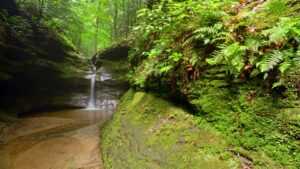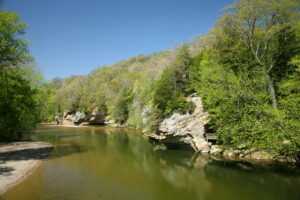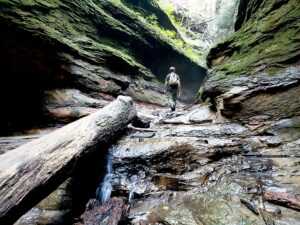Nestled within the picturesque landscapes of Parke County, Indiana, Turkey Run State Park not only offers natural beauty but also stands as a testament to a rich historical heritage. Delving into the park’s past unveils a story of preservation, development, and the enduring legacy that has made it a beloved destination for generations.
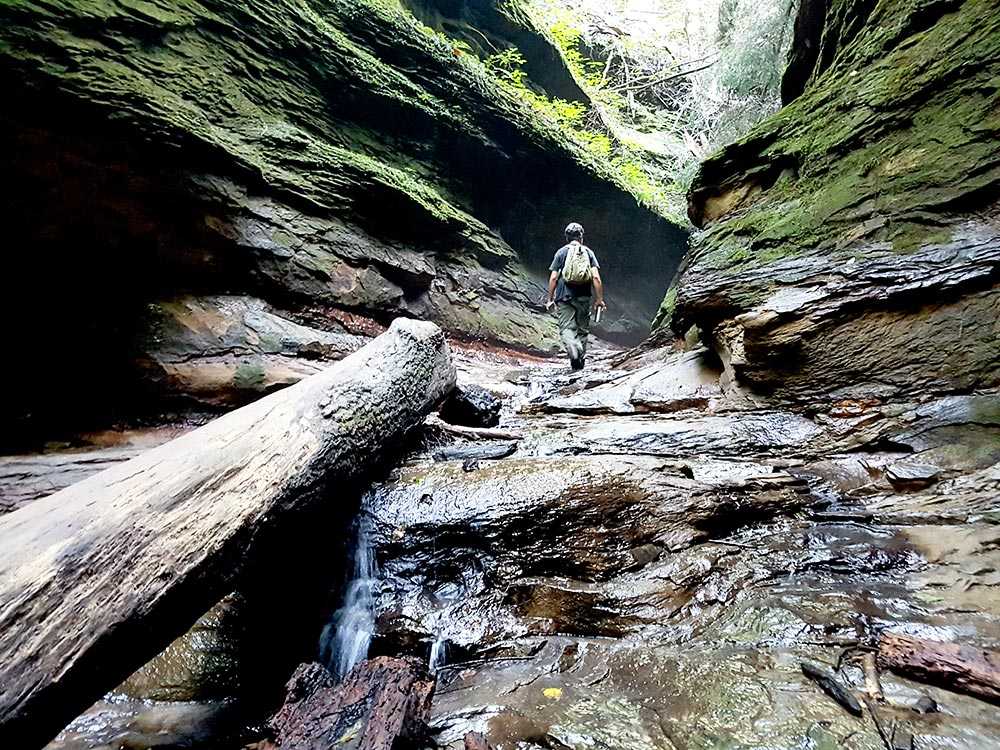
1. Origins and Development:
Turkey Run State Park traces its origins back to the early 20th century when landowner Lieber purchased the initial acreage to preserve its unique natural features. The park was officially established in 1916, marking the beginning of a concerted effort to protect the area’s diverse flora, fauna, and geological wonders. Over the decades, additional land acquisitions expanded the park, ensuring the preservation of its pristine landscapes.
2. The Lieber Legacy:
Richard Lieber, often regarded as the “Father of Indiana State Parks,” played a pivotal role in the creation and development of Turkey Run. His vision for preserving natural beauty and providing accessible outdoor recreation laid the foundation for the state park system. The park’s namesake pays homage to Lieber’s appreciation for the wild turkey, a prominent resident of the area.
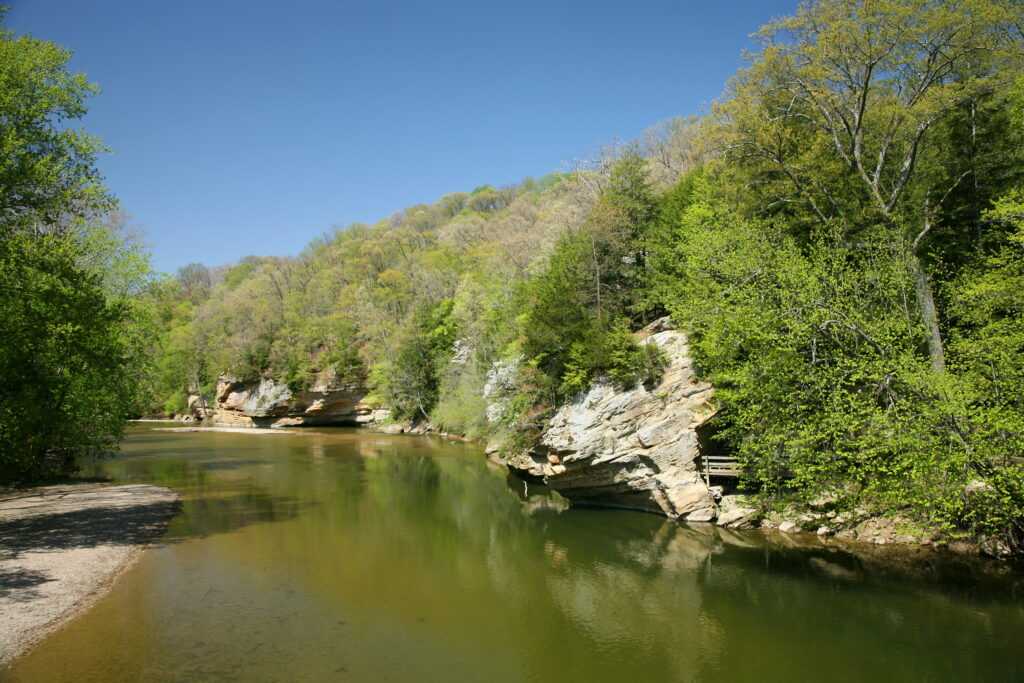
3. Historical Landmarks and Structures:
As visitors traverse the trails of Turkey Run State Park, they encounter historical landmarks and structures that add layers to the park’s narrative. The iconic Suspension Bridge, constructed in 1918, spans Sugar Creek, offering both a practical crossing and a historical connection to the park’s early days. Additionally, structures like the Lusk Home and the Turkey Run Inn provide glimpses into the park’s historical architecture.
4. The Narrows and Geological History:
Beyond man-made structures, Turkey Run’s geological features are a living testament to ancient history. The Narrows, a narrow canyon carved by the erosive forces of Sugar Creek, showcases the resilience of the sandstone formations. Exploring these geological wonders offers a window into the Earth’s processes over millions of years.
5. Preservation Efforts:
The preservation of Turkey Run’s natural and historical assets has been a continuous effort. The Civilian Conservation Corps (CCC) played a crucial role in the park’s development during the Great Depression, constructing trails, bridges, and facilities that still serve visitors today. The ongoing commitment to conservation ensures that the park retains its historical charm while accommodating modern needs.
6. Cultural Heritage and Interpretation:
Turkey Run State Park celebrates its cultural heritage through interpretive programs and displays. Visitors can engage with the park’s history through exhibits, guided tours, and educational programs. Understanding the cultural context enriches the overall experience, fostering an appreciation for the park’s significance beyond its natural allure.
7. Legacy for Future Generations:
As Turkey Run State Park continues to evolve, its historical significance remains a guiding force. The legacy of preservation, set in motion by visionaries like Richard Lieber, ensures that future generations can enjoy the park’s natural and historical treasures. The commitment to maintaining a delicate balance between conservation and recreation ensures that the park’s story endures.
In conclusion, Turkey Run State Park’s historical significance adds depth to its allure, weaving a narrative that spans generations. From the foresight of Richard Lieber to the enduring structures and geological wonders, the park invites visitors to not only appreciate its natural beauty but also to connect with the spirit of preservation that has shaped its legacy. Tracing the heritage of Turkey Run is an enriching journey, allowing each visitor to become a part of the park’s storied history.

